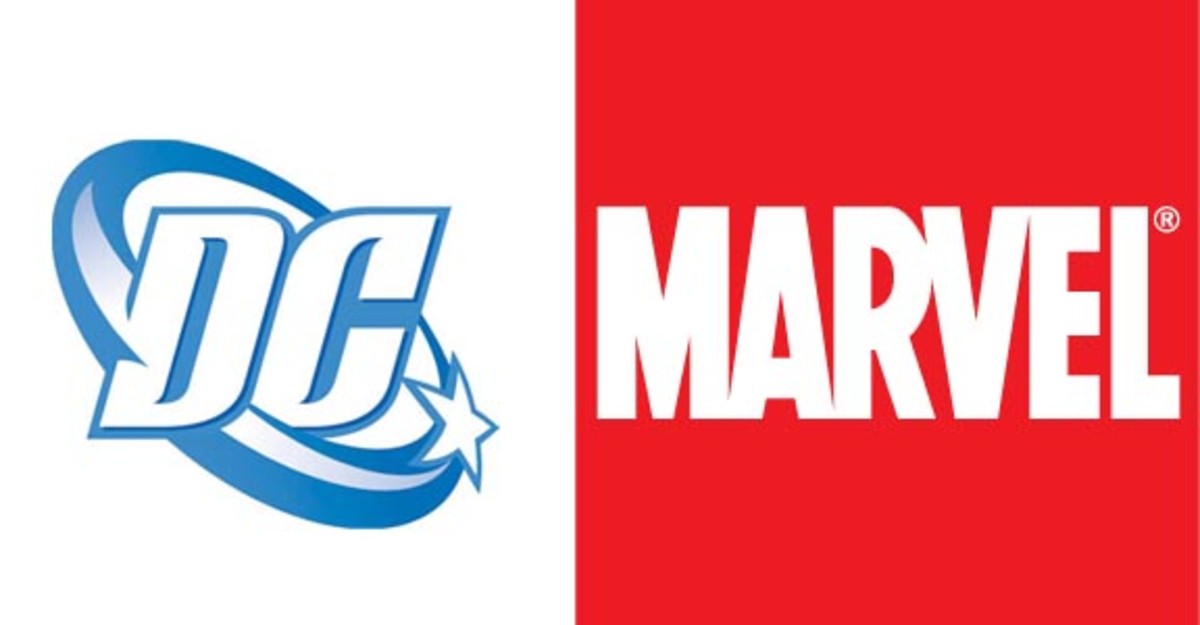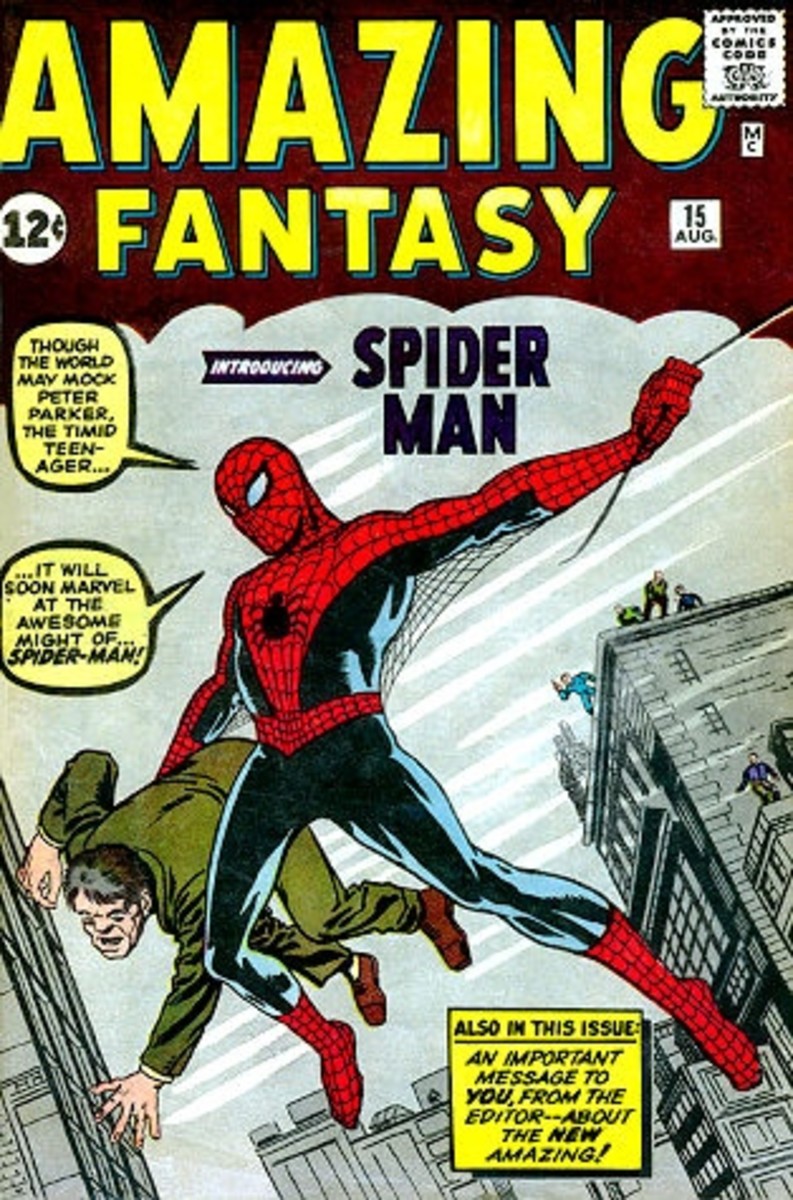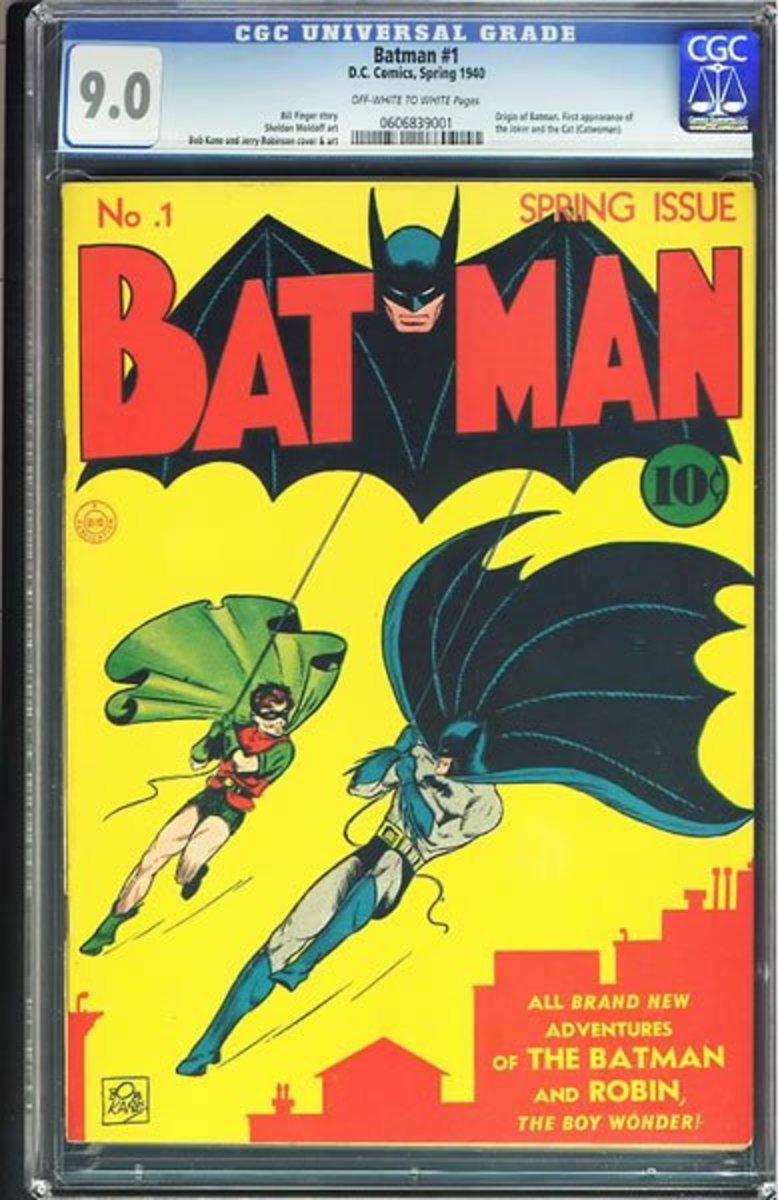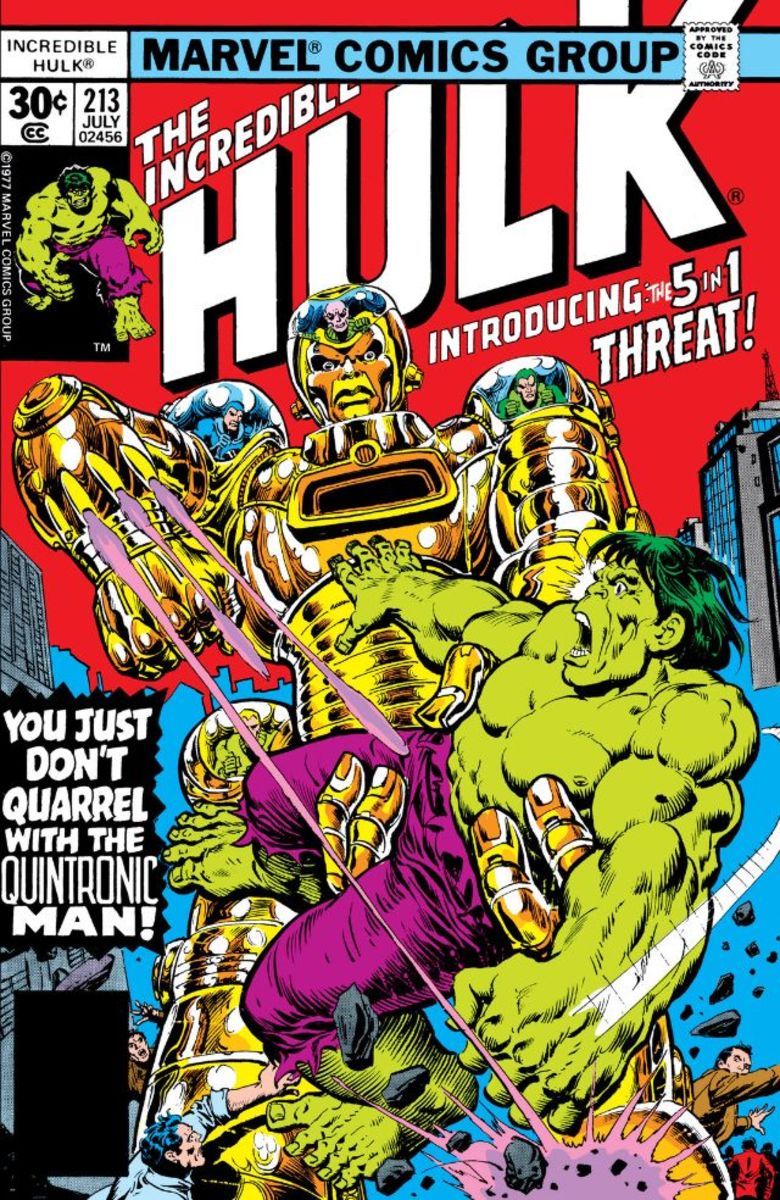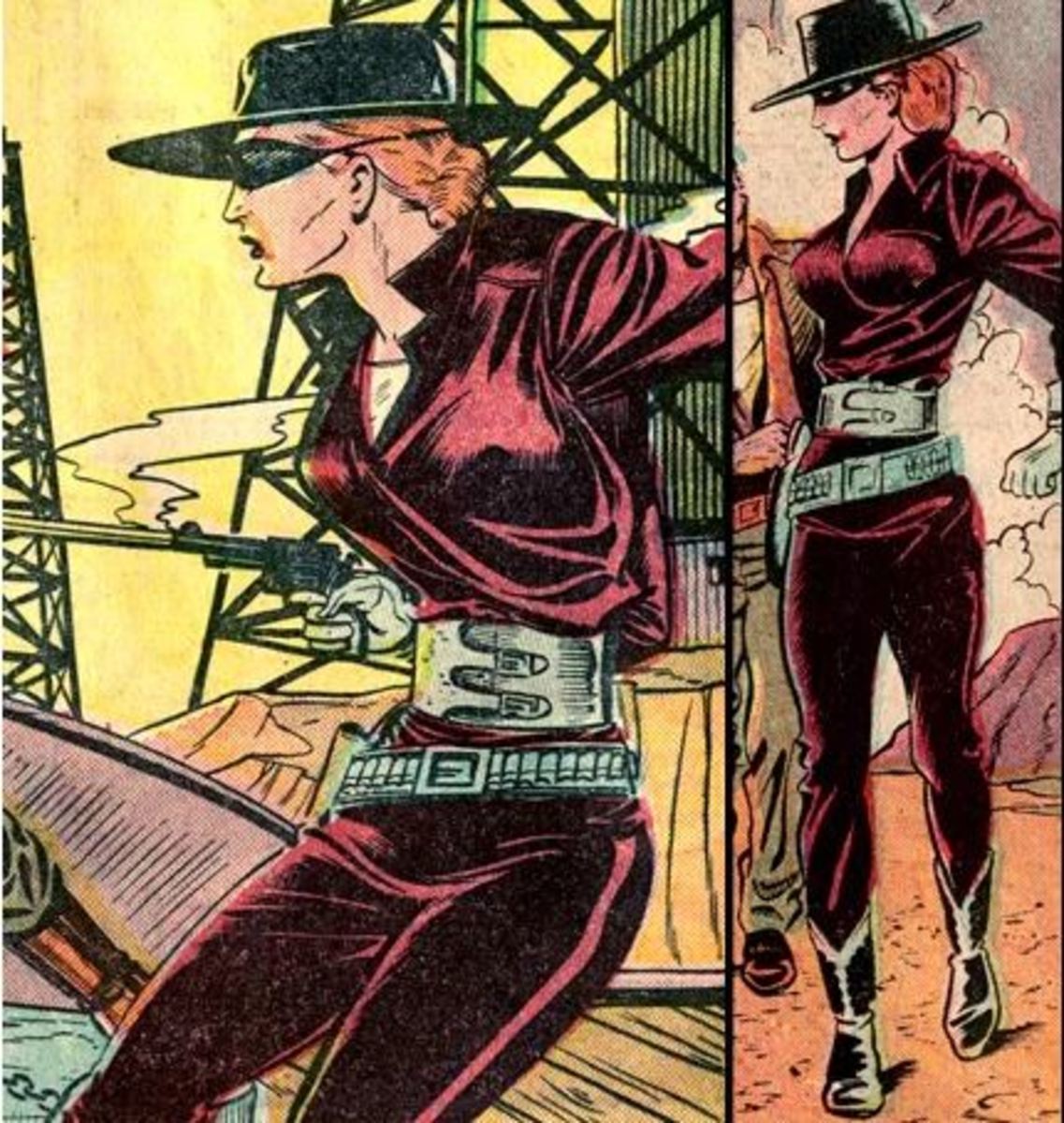Horror Comics - Four Color Fear!
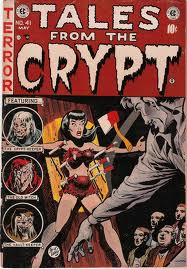
Horror is king
Today it is hard to imagine a time when the television would only broadcast for a few hours each day, a time when there were no Playstations or Xboxes, no laptops or PCs and children would play outside from morning until it got dark, but this was how it was in early 1950s America and at this time for many children the horror comic was king.
Horror comics were essentially banned after the 1954 Senate Sub Committee ( a committee set up to conquer juvenile delinquency ) meeting turned its focus on comic books mainly in fact due to a book written by psychologist Frederic Wertham that attacked comic books and blamed them for all sorts of ills, because of the unfavourable publicity comic books had received, it was decided by the comic book industry to set up their own self policing Comics Code Authority. Any comic published after this time would have to pass censorship from the CCA, words such as Terror and Horror were banned, scenes associated with Zombies or Walking Dead, Cannibalism, torture or Were-Wolfism were also banished, any content that may have portrayed lust, depravity, sadism or excessive bloodshed were now consigned to the dustbin marked not allowed, trying to write a horror story without the use of suggestive adjectives or suitable imagery was nigh on impossible and proved to be the end of the genre, at least for this period of time.
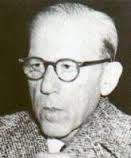
Within the period of the early 1950s Horror comics were easily the most popular comic books of all the genres, no other comics, Superhero, War etc could come near them in terms of popularity, the amount of publishers who published horror comic books was incredible, however the undoubted masters of the art were EC comics, the EC line included Tales from the Crypt, Haunt of Fear and The Vault of Horror the three best loved and remembered horror comics of all time, they also printed Crime Suspense Stories and Shock Suspense Stories as well as Weird Science and Weird Fantasy all very popular at the time. Some of the most well known artists and storytellers in comic book history worked in the horror genre , Johnny Craig, Graham Ingels , Bernard Bailey, Bill Everett, Don Heck, even Steve Ditko who would go on to become the co creator of Spider-man worked for the publisher Charlton's line of comic book horror.
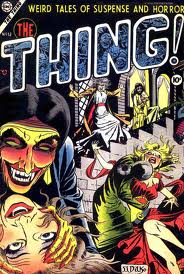
It was not only EC that had a popular line in comic book horror though, Atlas Comics who would one day become Marvel had their own books Marvel Tales and Astonishing, series which Marvel alumni Stan Lee would perhaps immodestly describe as just being EC rip offs, other well known books included Chilling Tales with its unusual artwork by the great Matt Fox, Tomb Of Terror, Weird Terror often with cover work by Iron Man artist Don Heck, Dark Mysteries and many more fascinated the young American youth.
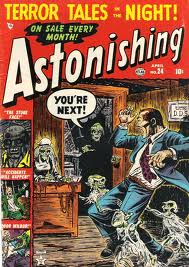
After the 1954 Senate Committee meeting horror comic books could never be the same again. Publishers turned to Science Fiction in order to rejuvenate falling sales and the final nail in the coffin of the horror comic came with the re-popularization of the superhero comic in the late fifties.
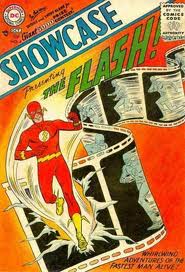
It seems amazing today that the film The Evil Dead was once banned in Great Britain and that Lady Chatterley's Lover written in 1928 was not published in full in the UK until 1960, censorship never seems to work, in fact it often has the opposite effect with people clamoring to view the forbidden item purely to see what they are missing. The straitjacket on what comic books could print was loosened somewhat in the 1970s and the horror comic made something of a come back in DCs House of Mystery and House of Secrets. Today comic book publishers have their own guide to the content of a book printed on the cover, Marvel for example use grades such as T+ Teens and Up or MAX which may contain explicit content.
Although when initially looking at some of the content of 1950s horror comics it does seem not surprising that they were eventually curtailed, when read though, the tales inside are often quite moralistic and the bad guys always seem to get their comeuppance in the end, certainly they were a lot tamer than the horror stories the then governments were treating children to at school, preparing for them for nuclear war, or indeed many of the stories told to them from the bible. Here are two of my own comics.
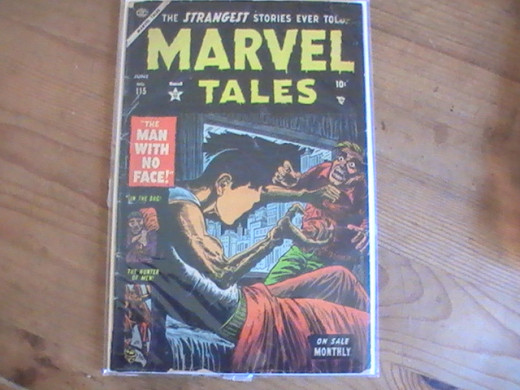
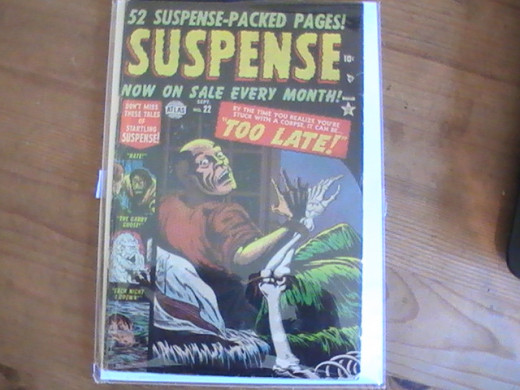
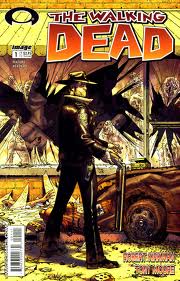
Horror Comics Today
The most well known horror comic printed today would be Robert Kirkmans The Walking Dead, the TV adaptation of this book has become the most watched cable television show of all time, other notable recent successes include Steve Niles 30 Days Of Night. Ghost Rider, Blade and From Hell.
More Comic Book Stuff
- Jack Kirby - The King Of Comic Book Art
The co - creator of the Fantastic Four, The X-Men, Captain America, The Incredible Hulk and many many more. The master of comic art from the golden age right through to the bronze age. - COLLECTING OLD COMIC BOOKS AS A HOT INVESTMENT
Investing in old comic books can be a great and also cheap way of making an alternative investment to stocks and shares.

